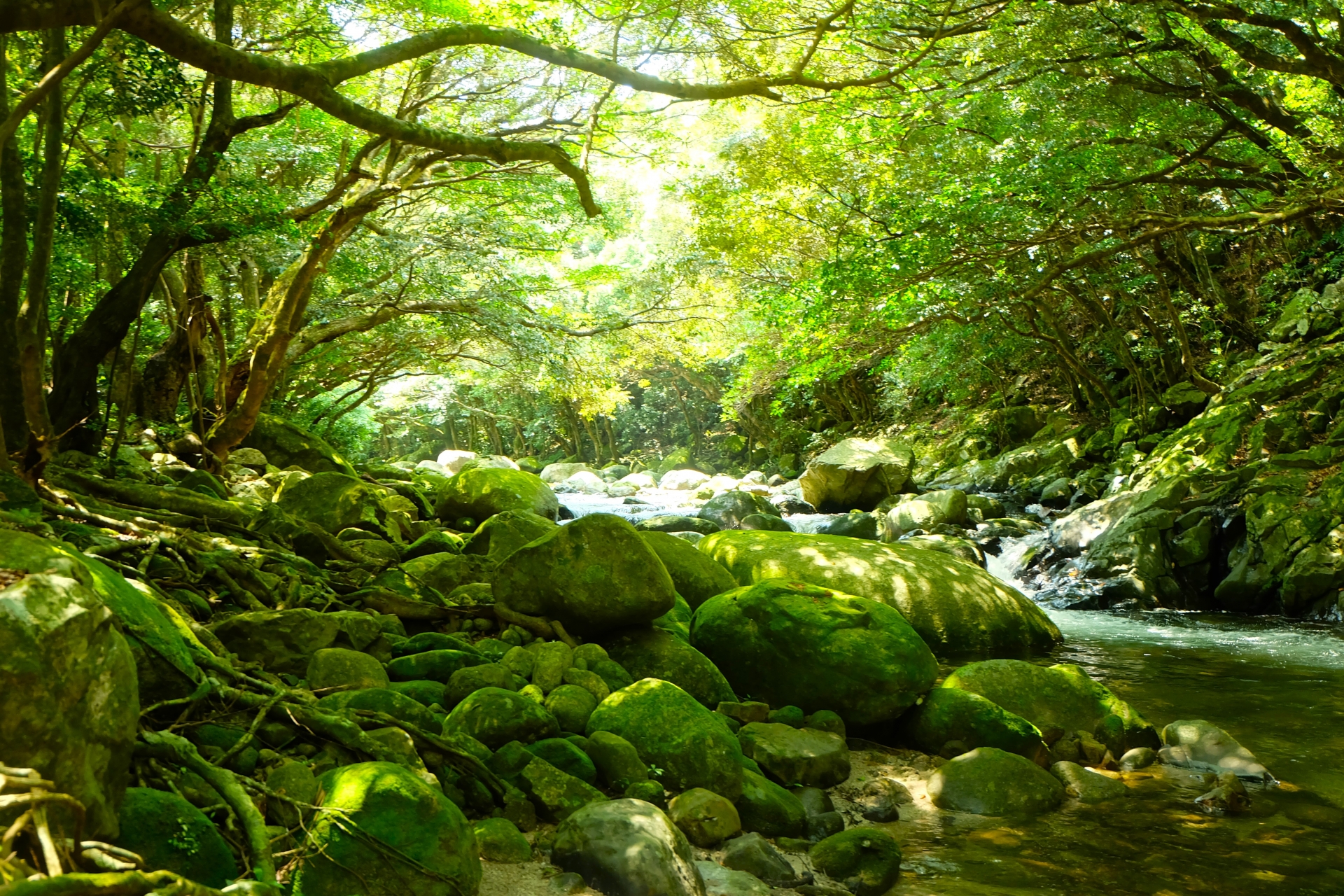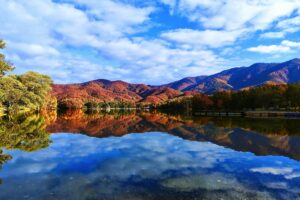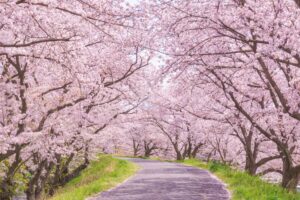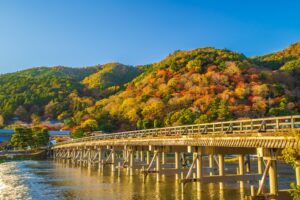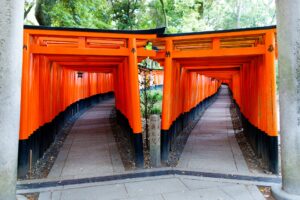Yakushima, a UNESCO World Heritage Site, is a haven for nature lovers, adventurers, and cultural explorers. This guide will help you uncover the island’s natural splendor, cultural significance, and practical travel tips, ensuring an unforgettable journey.
Yakushima Overview
Yakushima, an island located in southern Japan, is a UNESCO World Heritage Site celebrated for its ancient cedar forests, lush landscapes, and unique biodiversity. This subtropical island is renowned for its primeval beauty, offering visitors a chance to explore untouched nature and cultural heritage. As part of the Ōsumi Islands, it is home to the iconic Jomon Sugi, one of the oldest living trees in the world, believed to be over 2,000 years old. The island’s allure lies in its harmonious blend of natural wonders and cultural significance, drawing travelers from across the globe.
Top Attractions in Yakushima
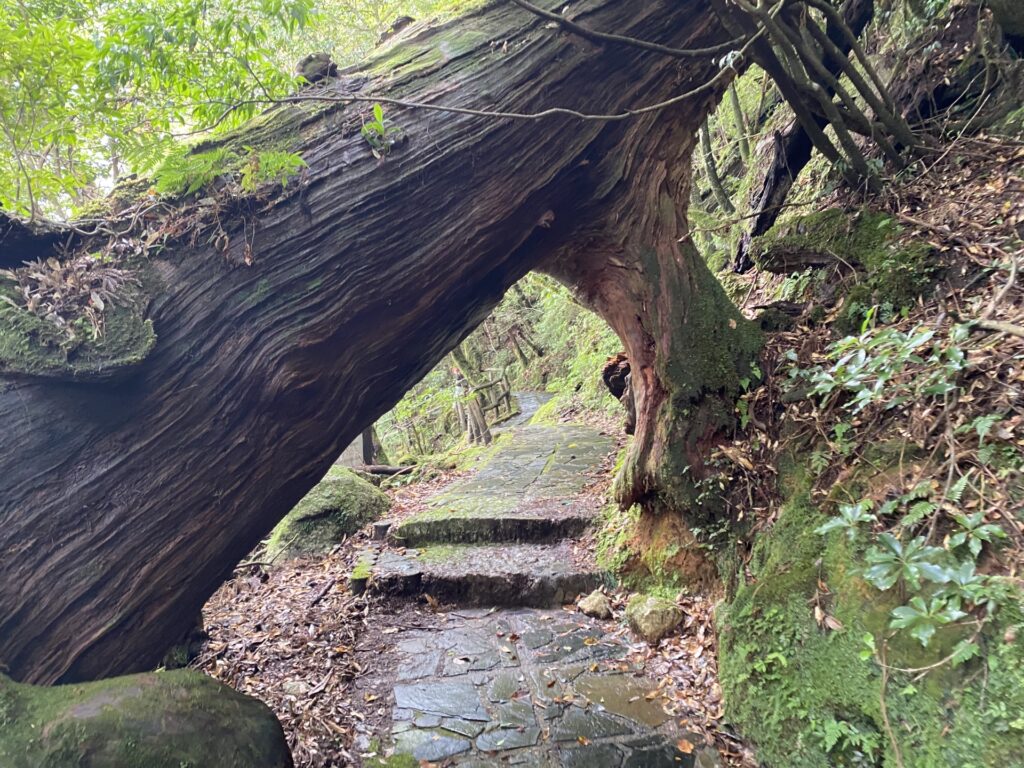
Hiking Trails and Nature Spots
Yakushima offers an array of hiking trails catering to all levels. Key trails include:
- Shiratani Unsuikyo Ravine: The inspiration behind Studio Ghibli’s Princess Mononoke. Its moss-covered rocks and serene streams enchant hikers.
- Jomon Sugi Trail: A challenging trek leading to the ancient Jomon Sugi cedar.
- Yakusugi Land: A more accessible area showcasing centuries-old cedar trees. Visitors are advised to wear proper gear and adhere to ecological rules to preserve the pristine environment.
Wildlife and Biodiversity
Yakushima is home to unique wildlife, such as Yaku monkeys and Yaku deer, found only on the island. The island’s diverse ecosystems, ranging from subtropical to alpine, foster a variety of flora and fauna. Conservation initiatives, including controlled tourism and habitat preservation, ensure the protection of this ecological treasure.
Planning Your Trip to Yakushima
Best Time to Visit
The ideal time to visit is from March to May or October to November, offering pleasant weather for outdoor activities. Avoid the rainy season (June-July) for the best experience.
Transport and Local Commuting
- Ferries and Flights: Ferries from Kagoshima are the most common mode of transport. Flights are available from Osaka and Fukuoka.
- Local Transit: Renting a car is recommended for flexibility, though buses serve major attractions.
Accommodation Options
Yakushima boasts a variety of lodging options:
- Eco-lodges: Perfect for sustainable travel enthusiasts.
- Traditional Inns: Experience local hospitality at ryokans.
- Camping: For adventure seekers looking to immerse themselves in nature.

Yakushima’s Cultural Significance
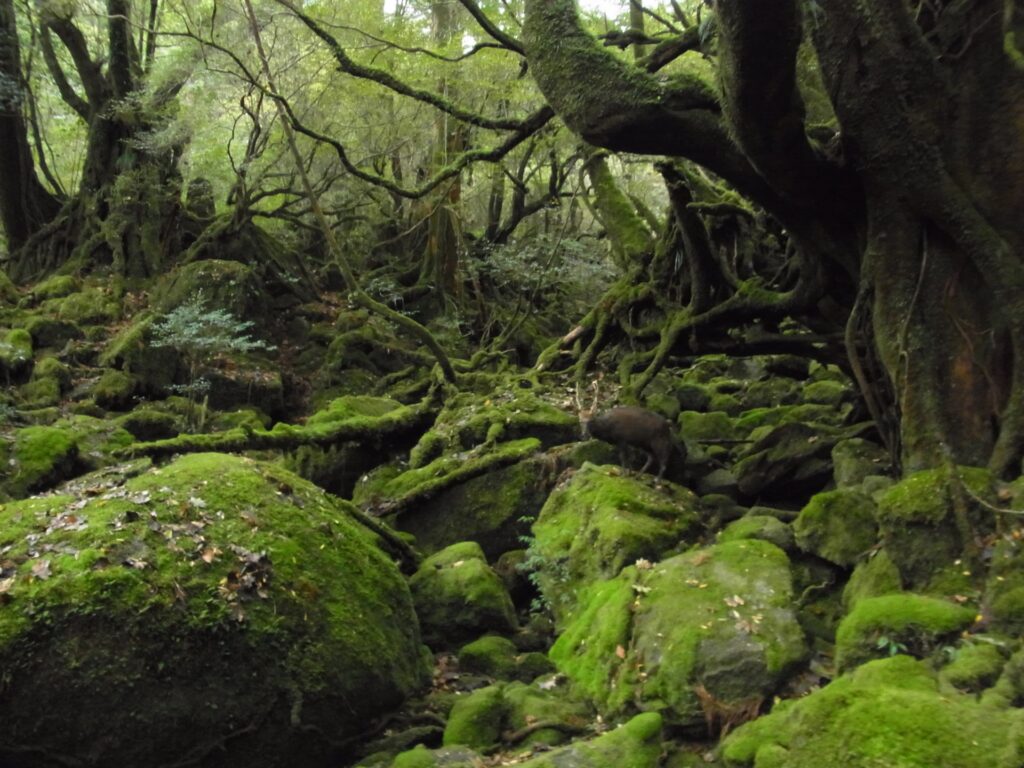
Yakushima has deep roots in Japanese culture and mythology. The island inspired the lush landscapes of Studio Ghibli’s Princess Mononoke, emphasizing its mystical allure. Local folklore often ties the ancient forests to spiritual realms, reflecting the cultural reverence for Yakushima’s natural beauty.
Sustainable Tourism in Yakushima
Visitors are encouraged to follow eco-friendly practices, such as:
- Avoiding littering and respecting wildlife.
- Supporting local businesses and eco-conscious accommodations.
- Opting for reusable items to minimize waste.
These measures help protect Yakushima’s fragile environment for future generations.
Lesser-Known Gems of Yakushima
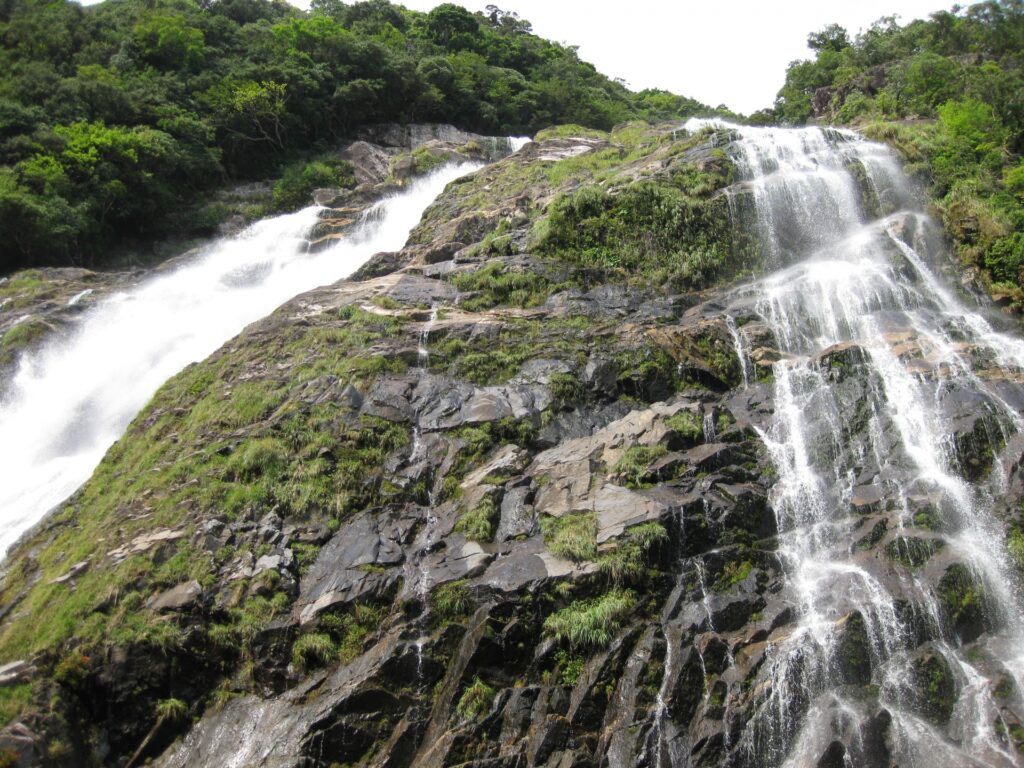
Beyond popular attractions, Yakushima offers hidden treasures:
- Secluded Waterfalls: Such as Janokuchi Falls, perfect for tranquil moments.
- Local Cuisine: Try the island’s flying fish sashimi and Shochu.
- Traditional Villages: Explore the charming local communities and their crafts.
Conclusion
Yakushima offers an unparalleled blend of nature, adventure, and cultural immersion. With its ancient forests, rich biodiversity, and warm hospitality, it promises an unforgettable journey into the heart of Japan’s natural splendor.

